DIY Photography Light Box
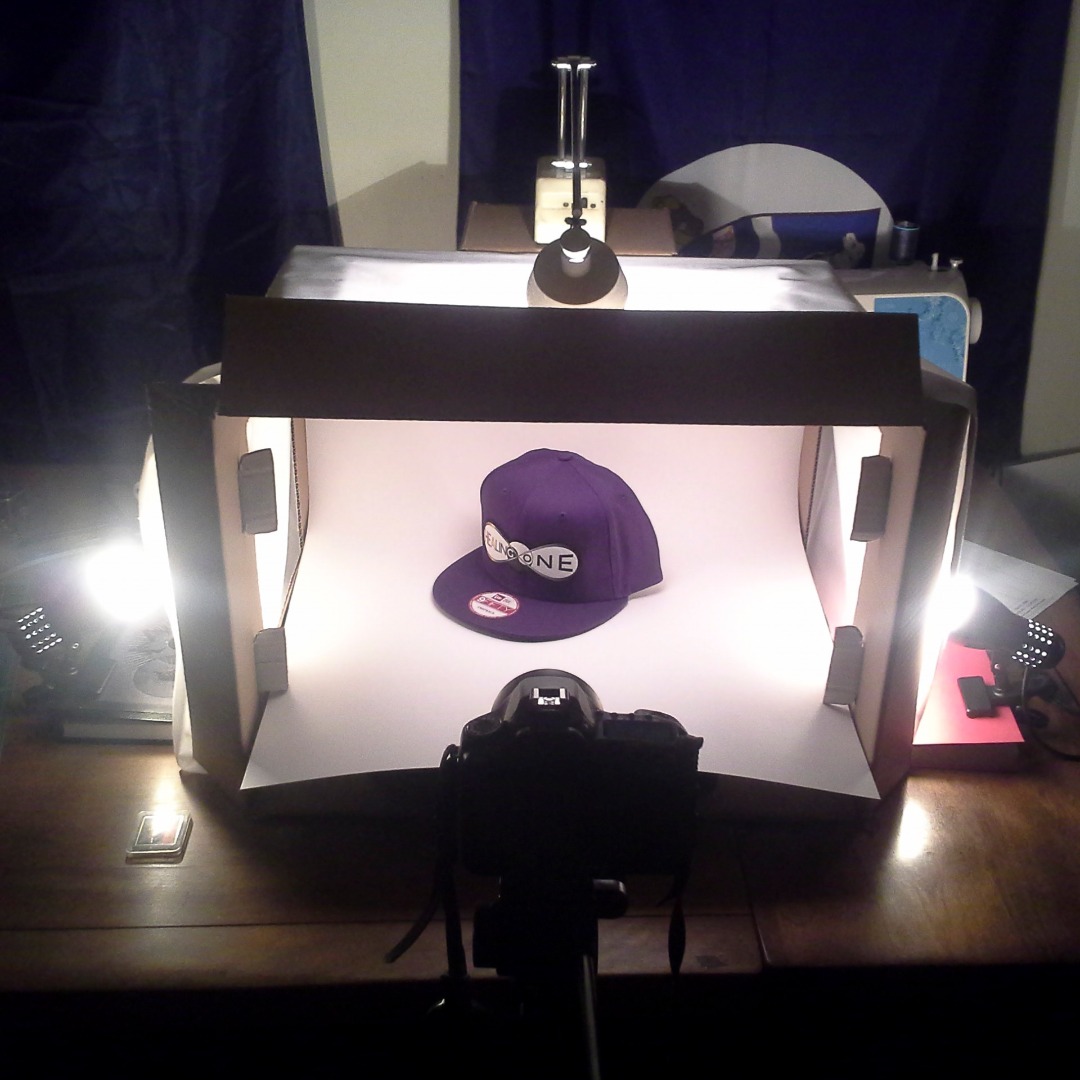
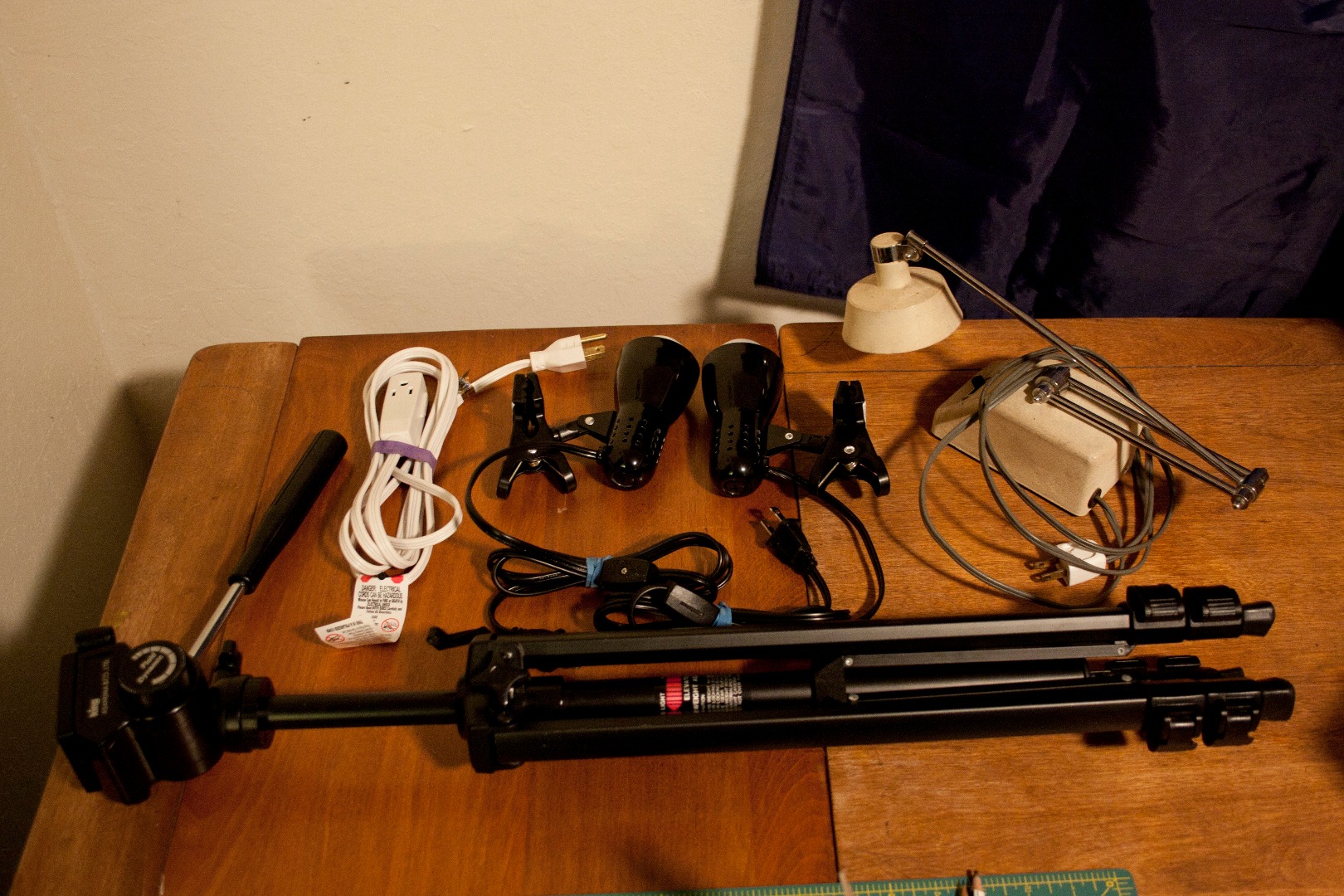
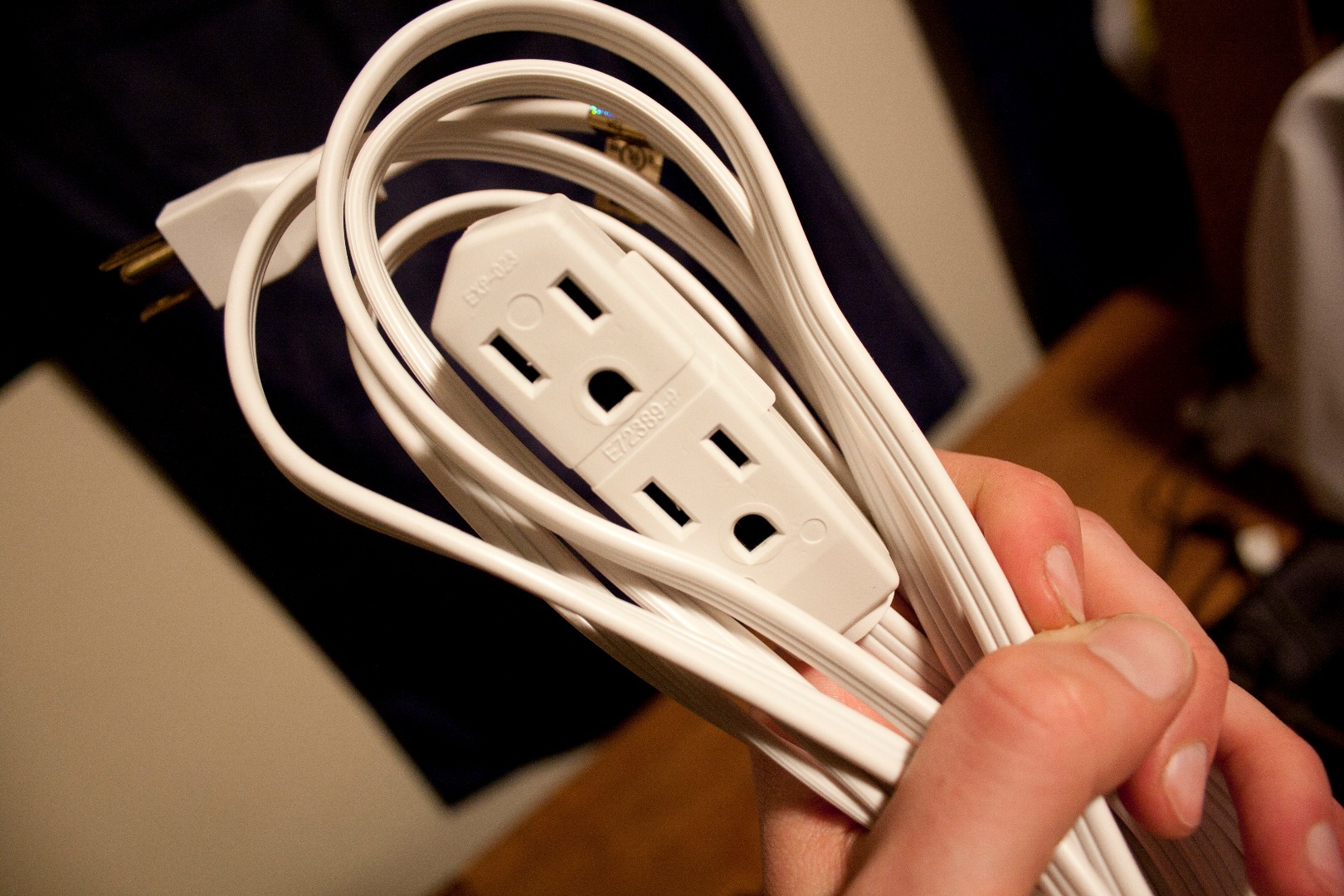
Here are the instructions to make a DIY light box that cost less than $20US.
2x clip lights (for sides)
1x flexible light (for top)
1x extension chord (3 power slots)
2x hard back books
1x tripod (not essential but recommended)
1x piece of white material (1 square yard should be enough)
1x big box (size can vary, this one is 22"W x 15"H x 16"D)
1x little box (to support top light & to store all your lightbox equipment when not in use, this one is 9"W x 16"H x 7"D)
1x large background poster paper (cut to width of the big box, white is what this example uses)
1x camera
Prep the Box Flaps
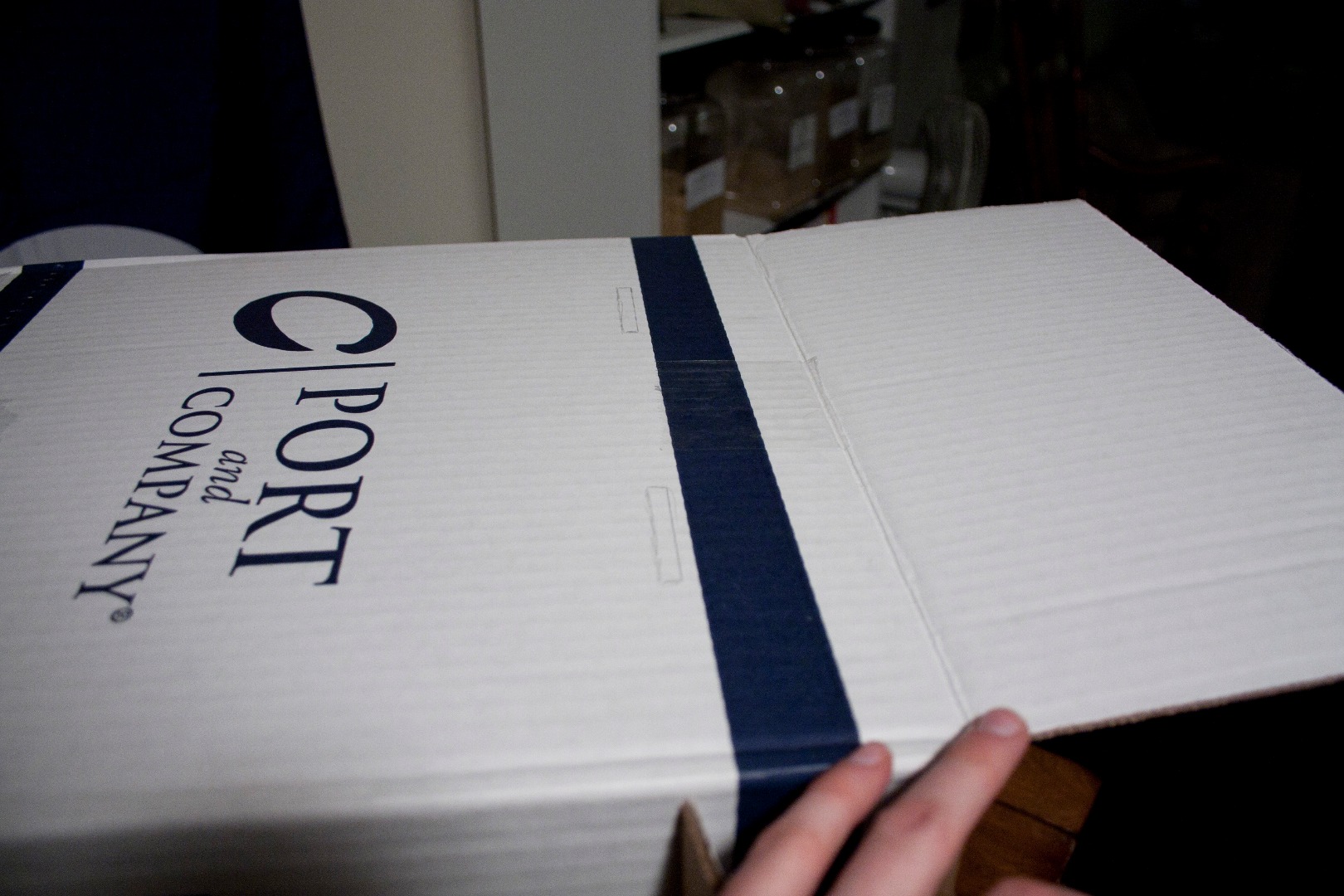
Cut off one of the long flaps on the box. Three flaps will remain (1 long flap for the top, 2 short flaps for the sides)
Cut Lock Tabs Into Box Flaps
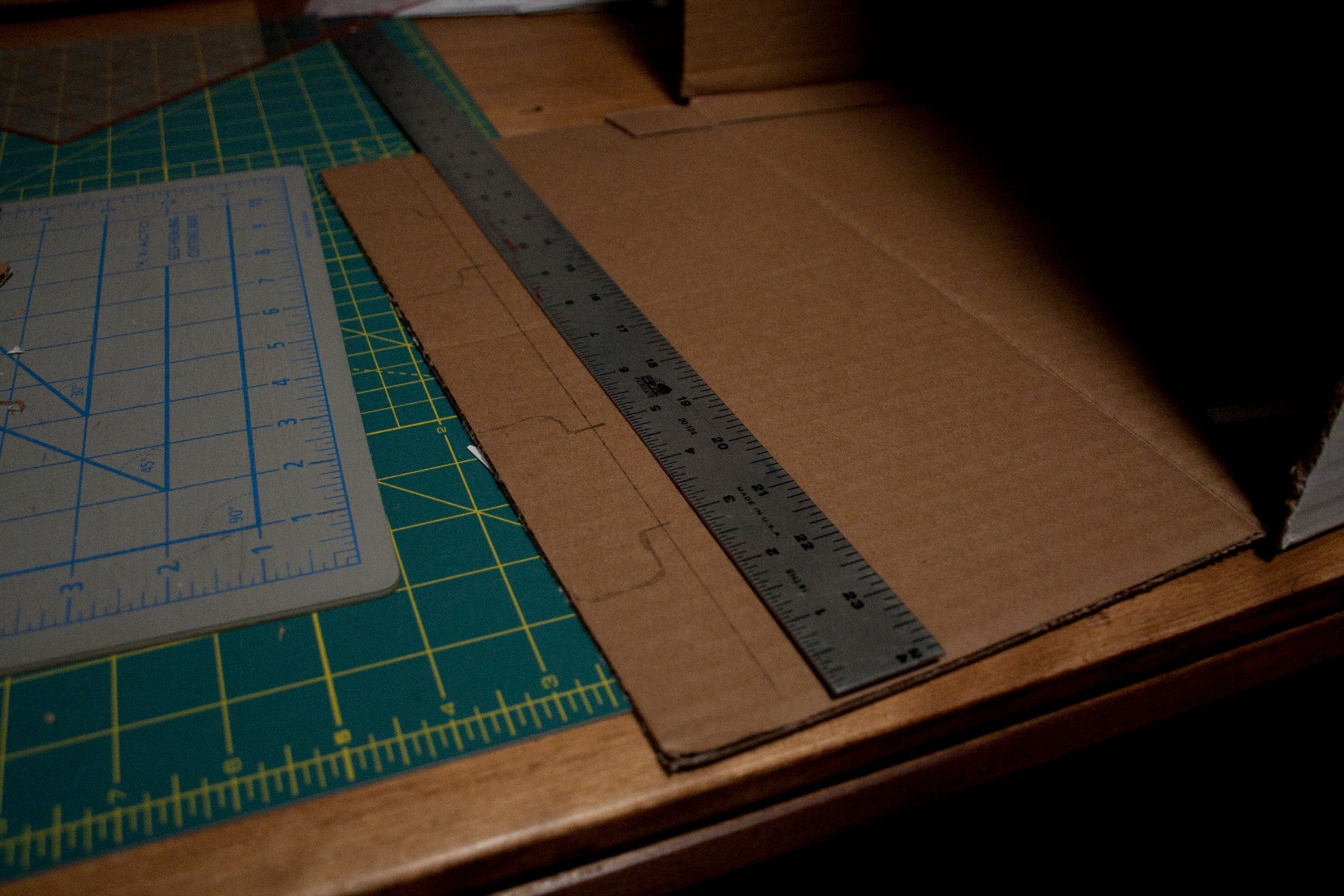
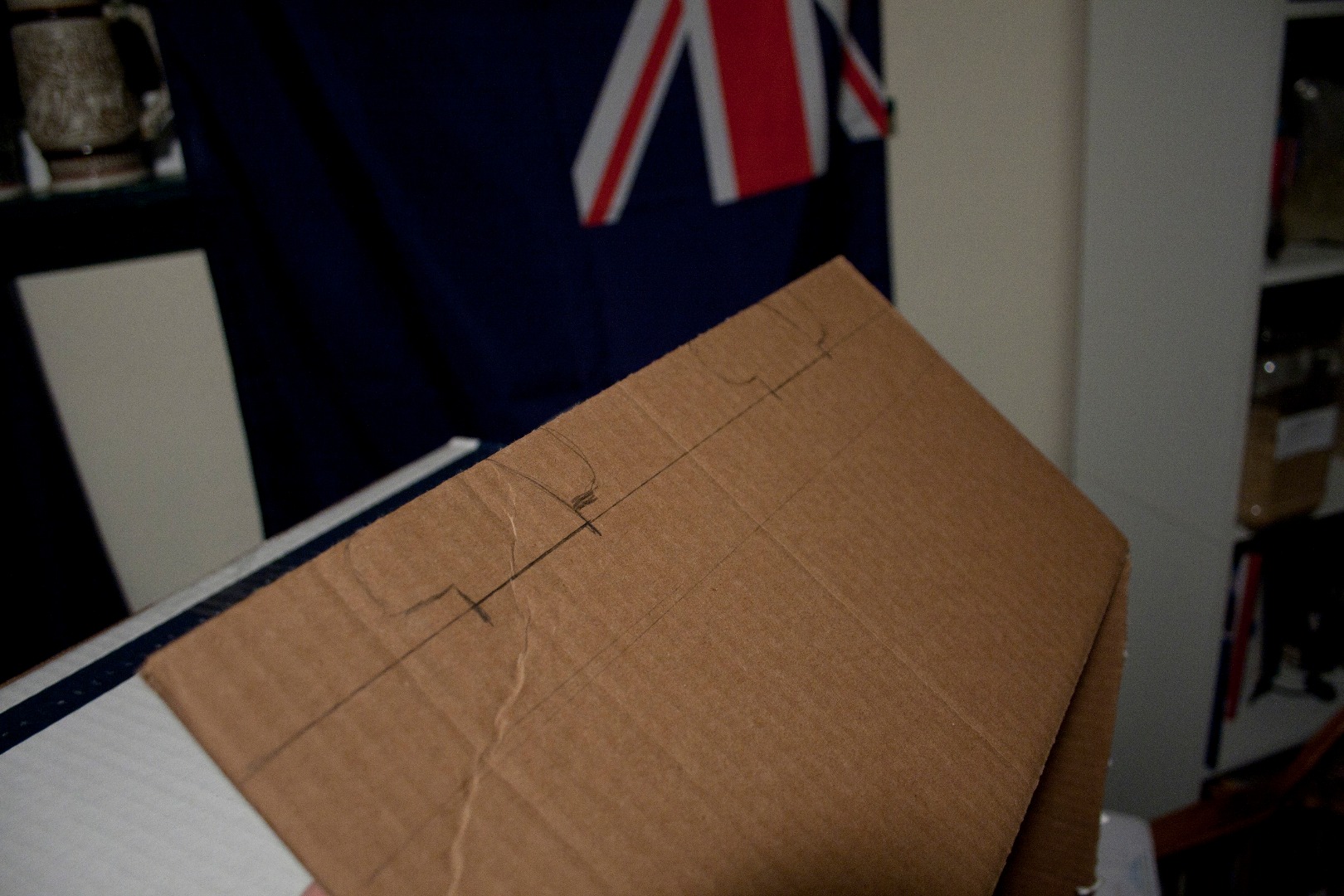
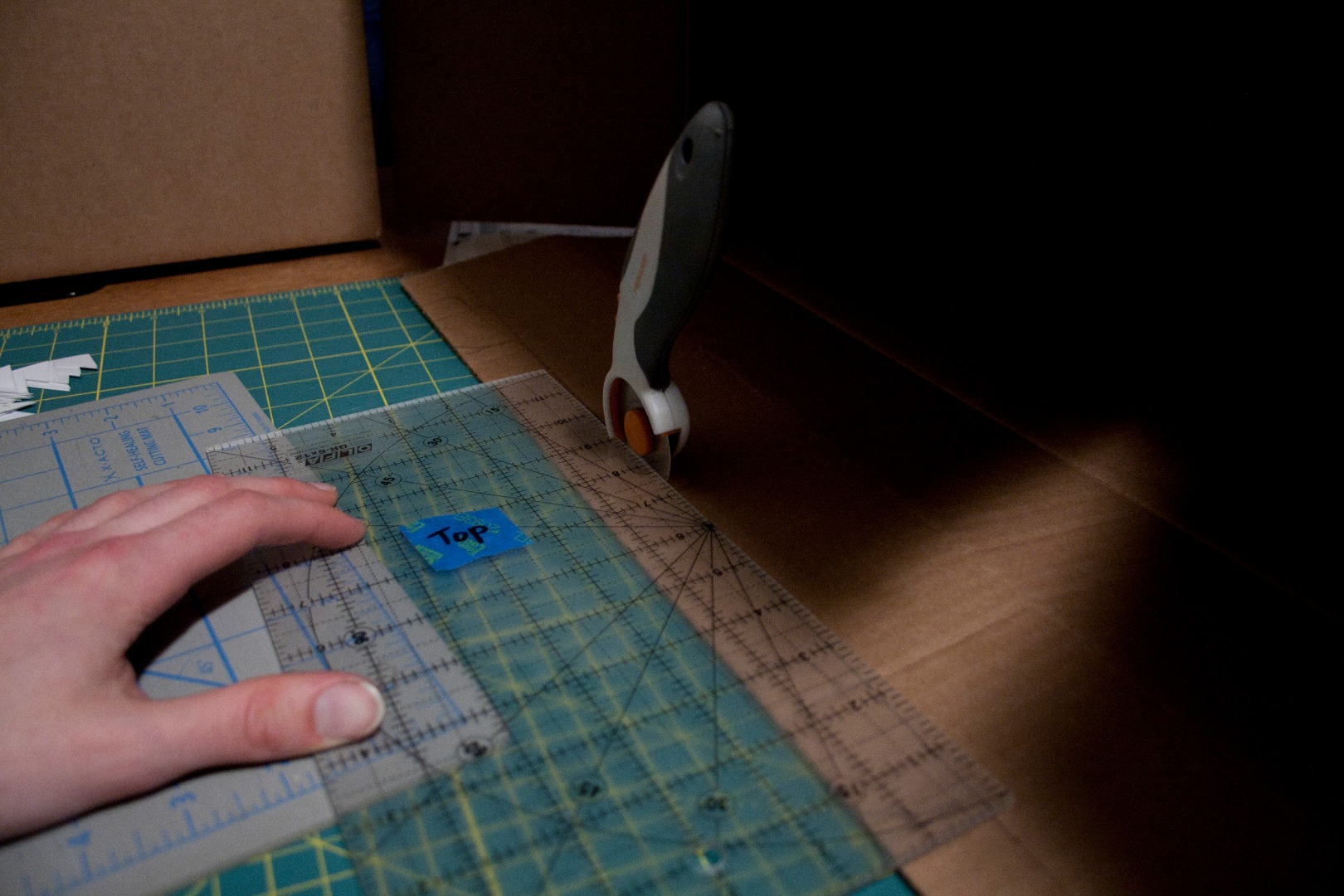
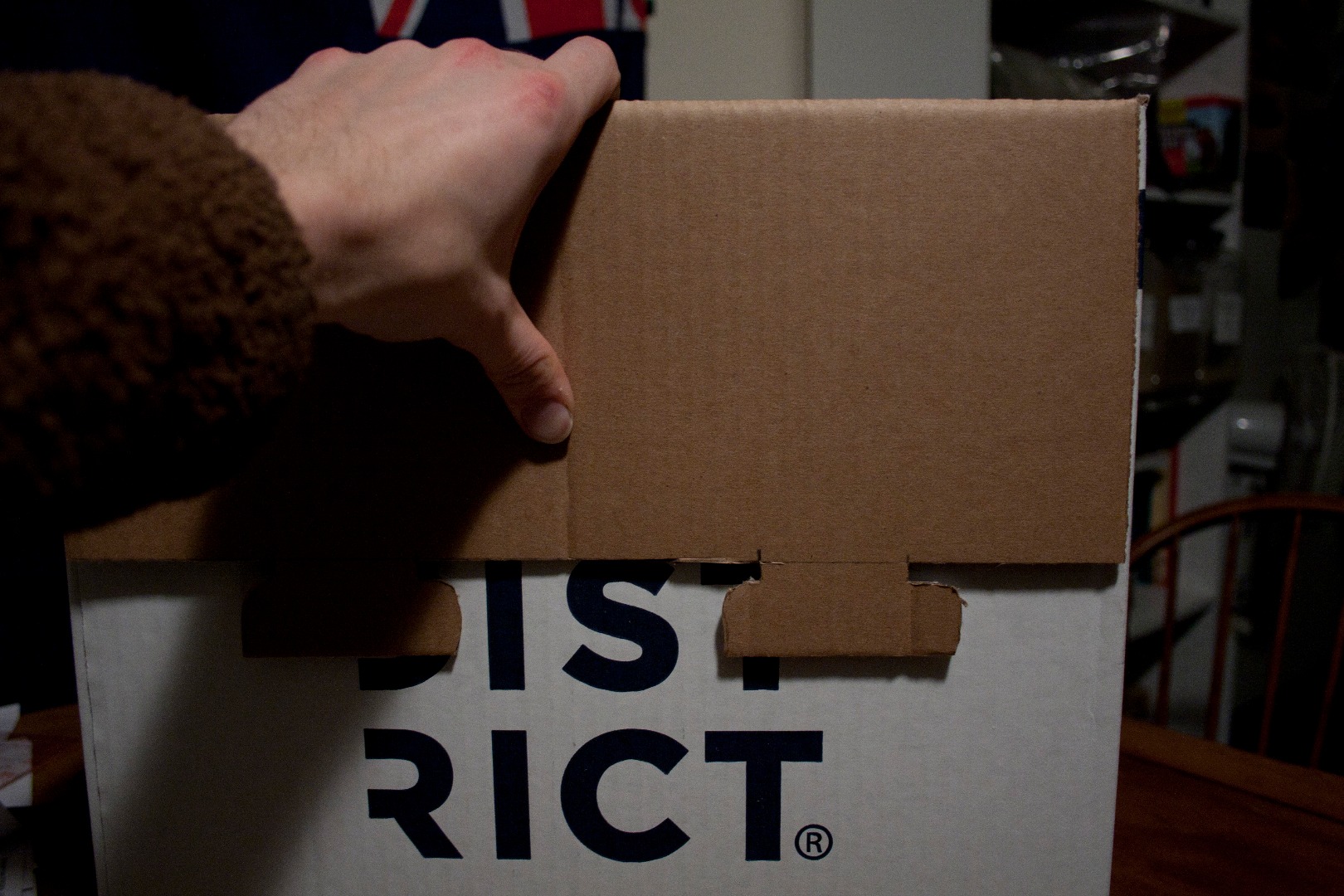
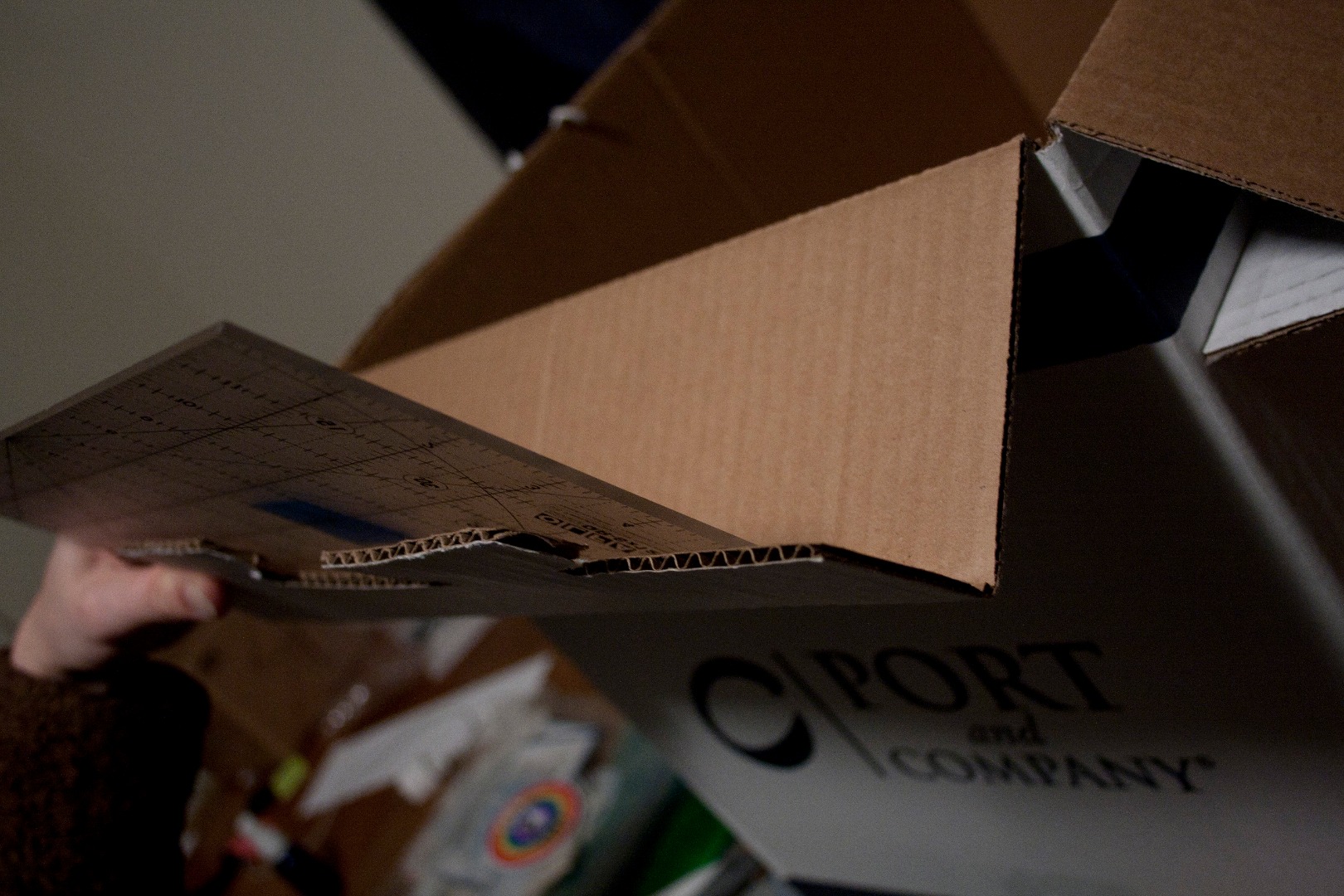
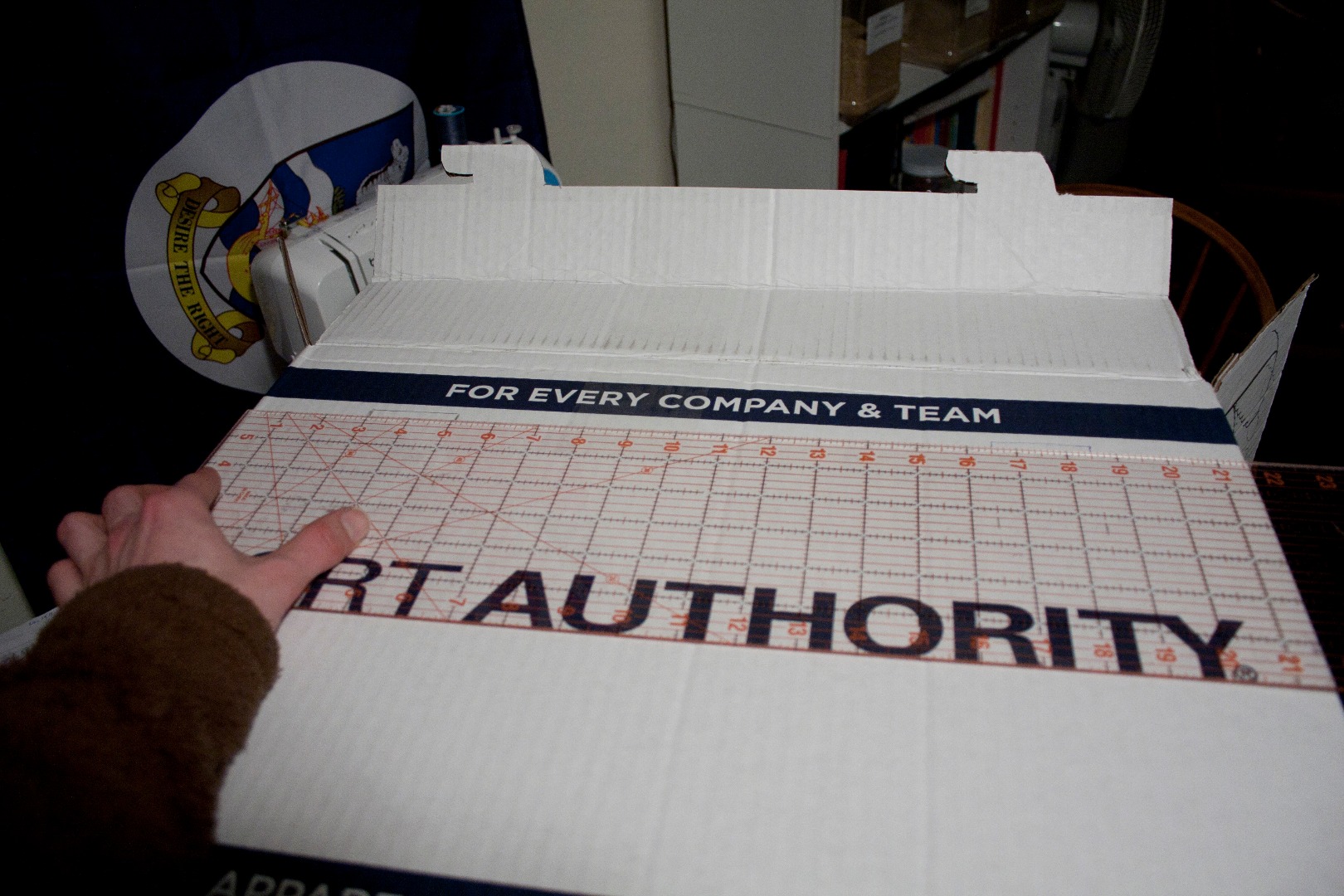
The tabs are meant to lock the flaps to the main 'body' of the box. This will reinforce the edges of the box to make your lightbox more durable.
1. Measure 1 inch from outer-most-edge of box flaps (This line will be cut in 3 different parts so that 2 tabs will be left)
2. Use a pencil to measure out two tabs in this 1 inch area (Each tab should be about 2 inches wide, shape can vary)
3. Use your ruler to fold a nice straight crease into the box flap (Flap is to be folded outwards)
4. Use a blade CAREFULLY to cut out your drawn tabs (DO ALL 3 FLAPS AT ONCE... 6 TABS TOTAL WILL BE CREATED)
Cut Small Rectangles Into Box Sides
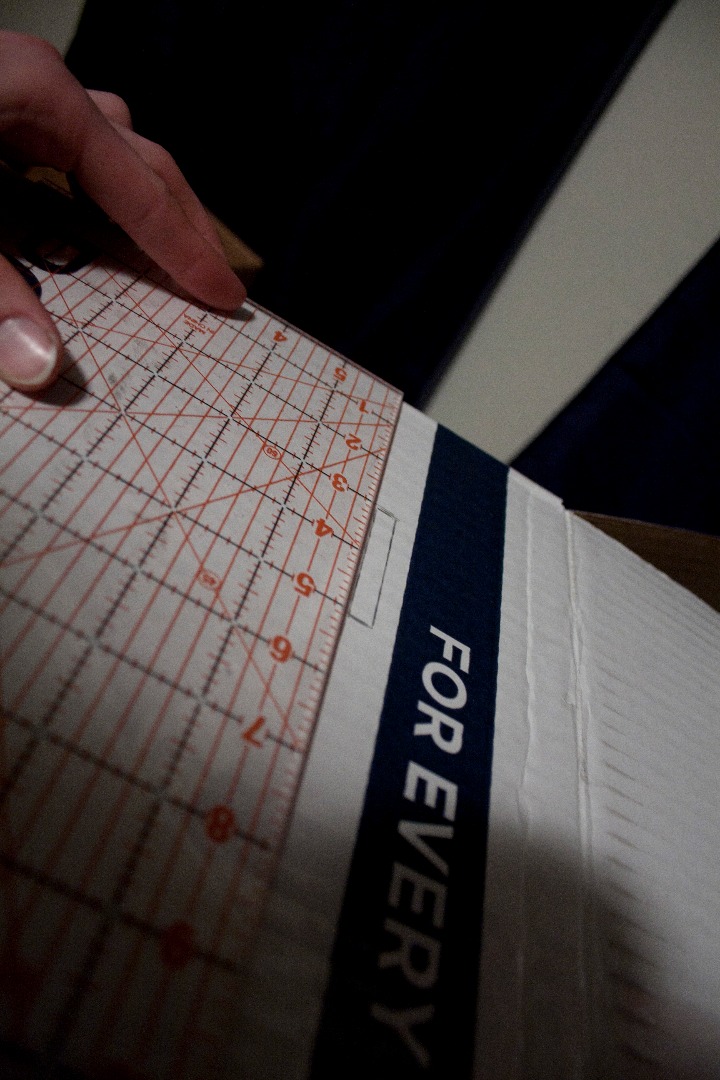
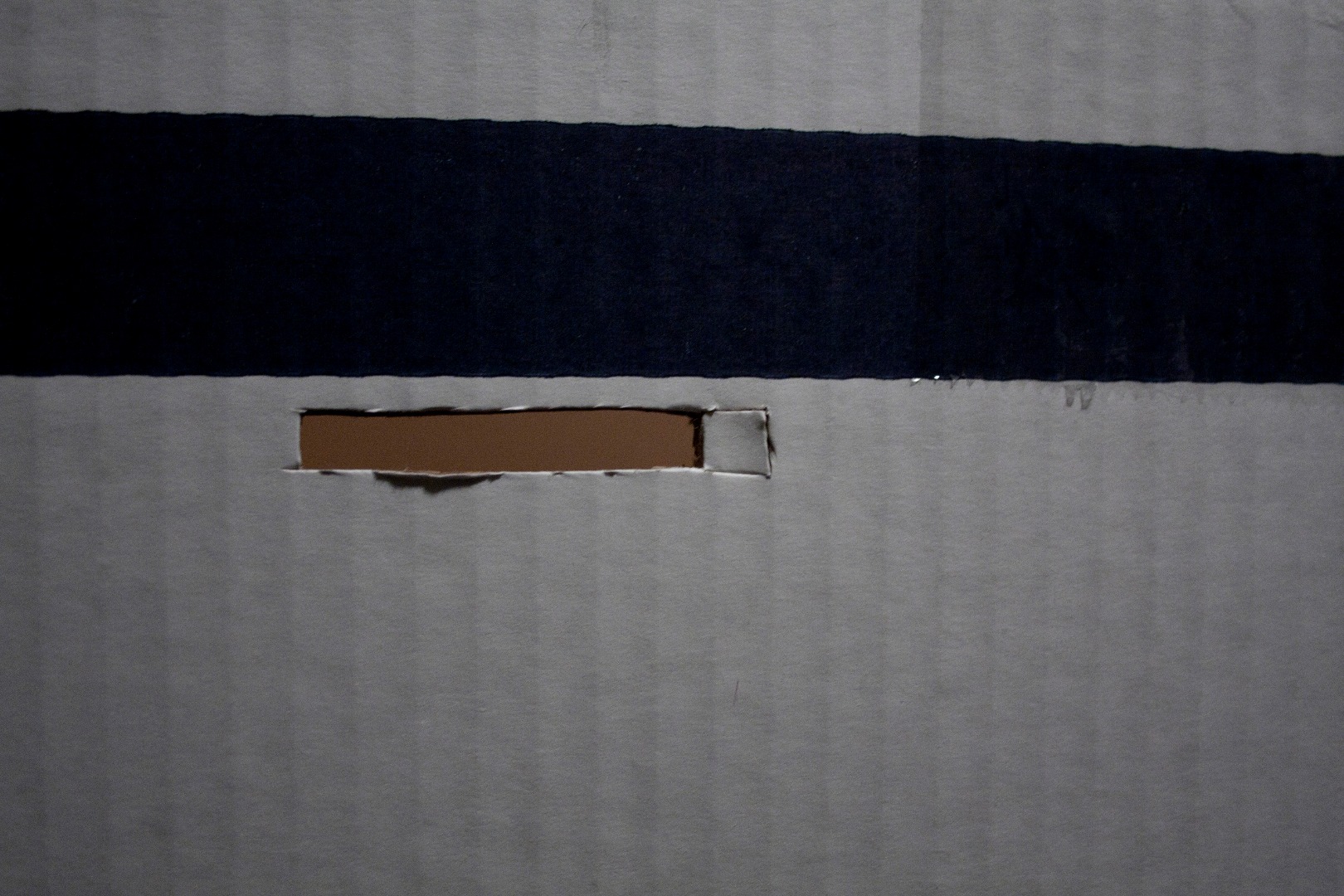
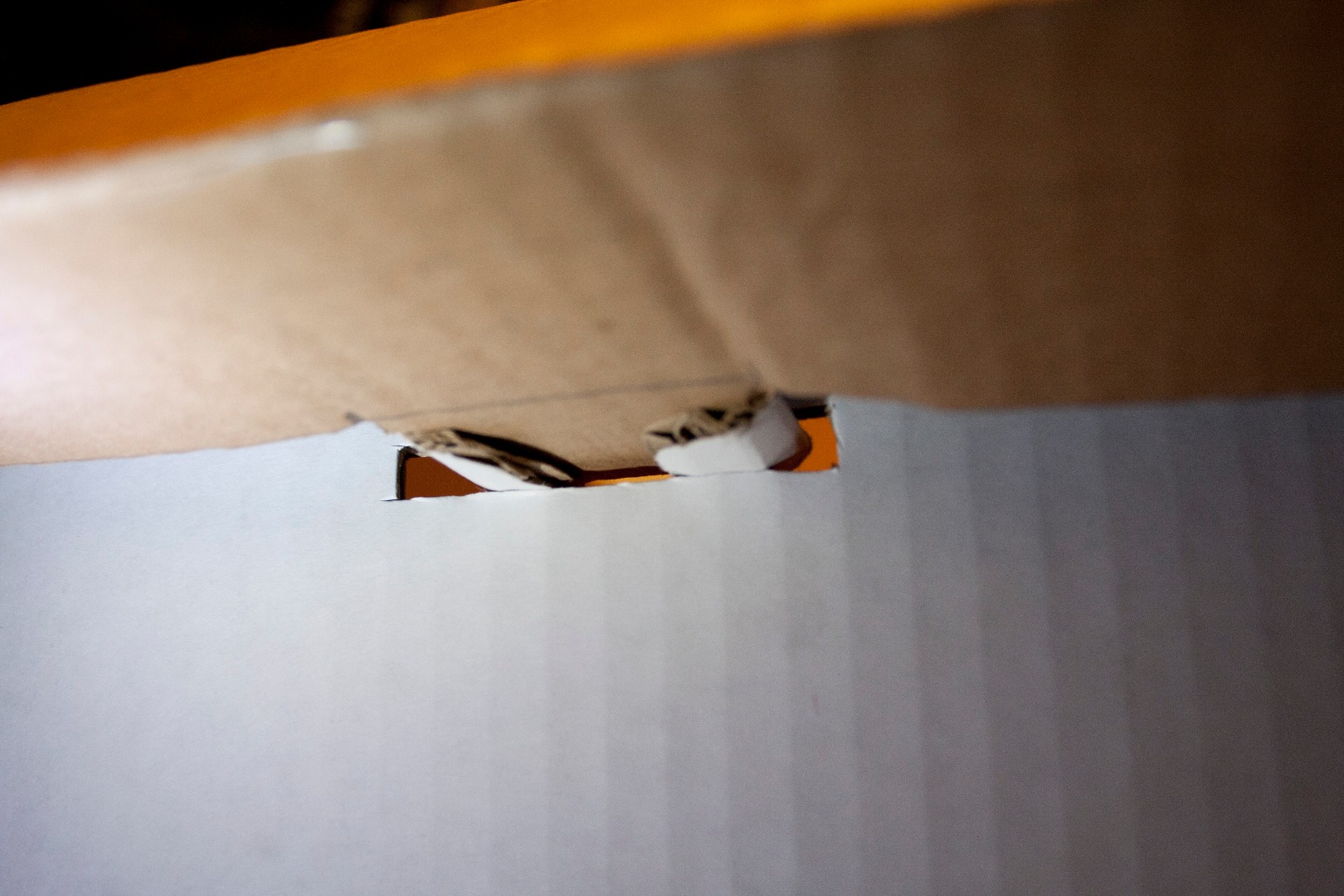
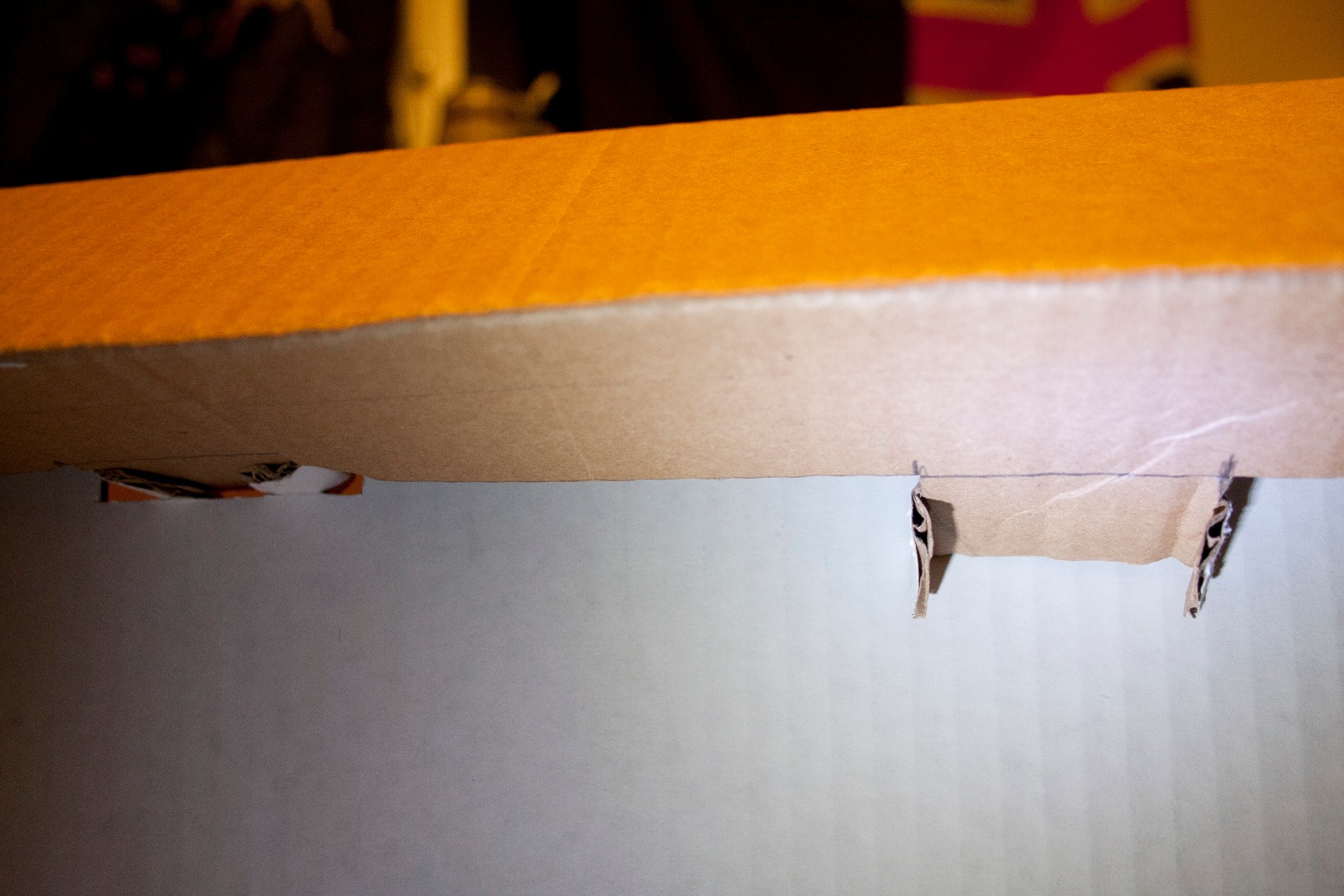
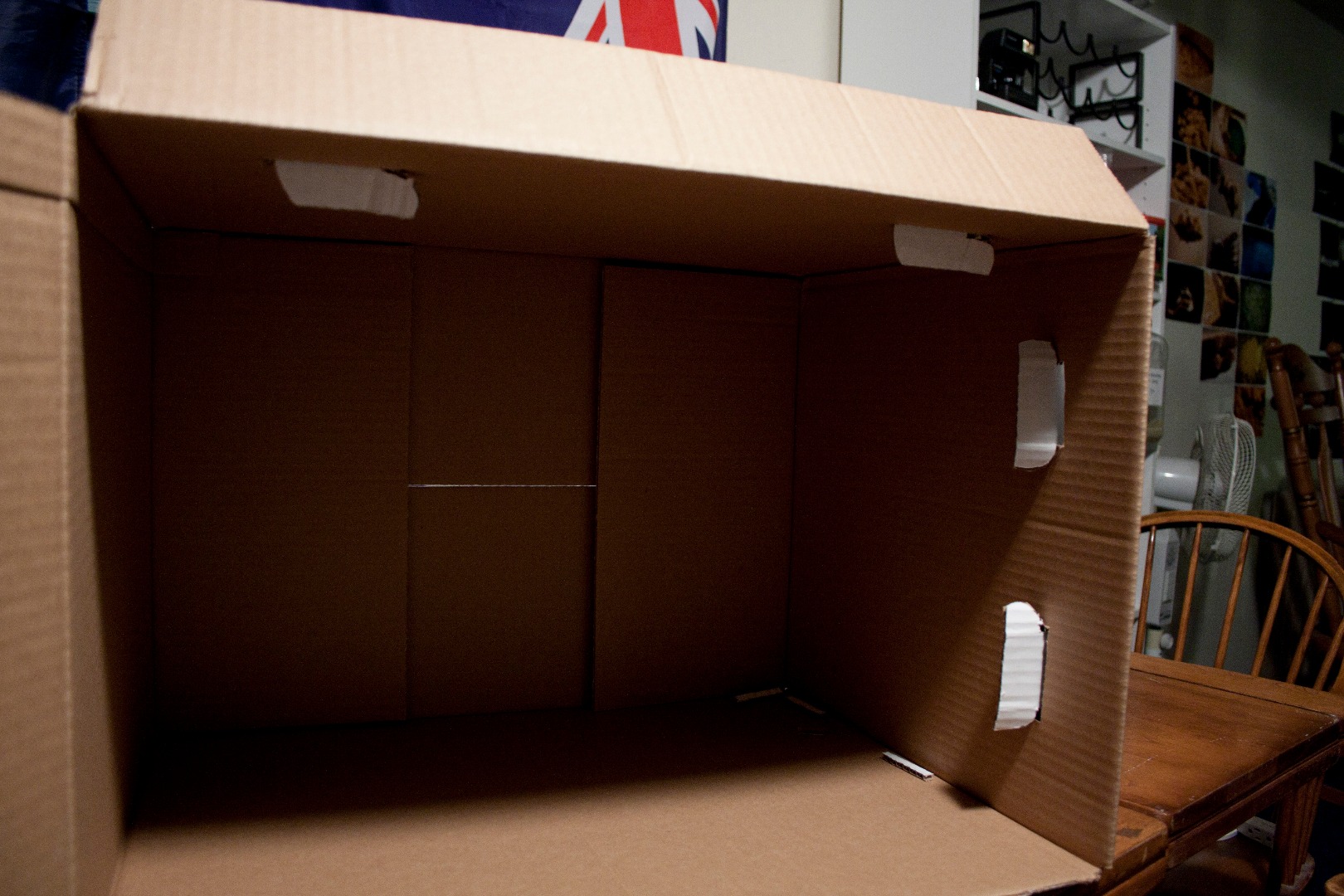
These holes will be where the locking tabs are inserted.
1. Measure out how far from the edges of your box the tabs are located (Match them up with the flaps)
2. Cut 6 rectangles into the sides of your box (I didn't get one of mine aligned correctly first time so I just cut a little extra out after measuring was done, easy peasy)
3. Tuck tabs through the cut rectangles (Pinching the tabs to be nearly flat is fine)
4. Once tabs are through you can fold the tabs against the inside of the box (Duct tape can be applied here to fully lock the tabs. It is not essential and my light box uses no tape)
Cut 3 Openings for Lights
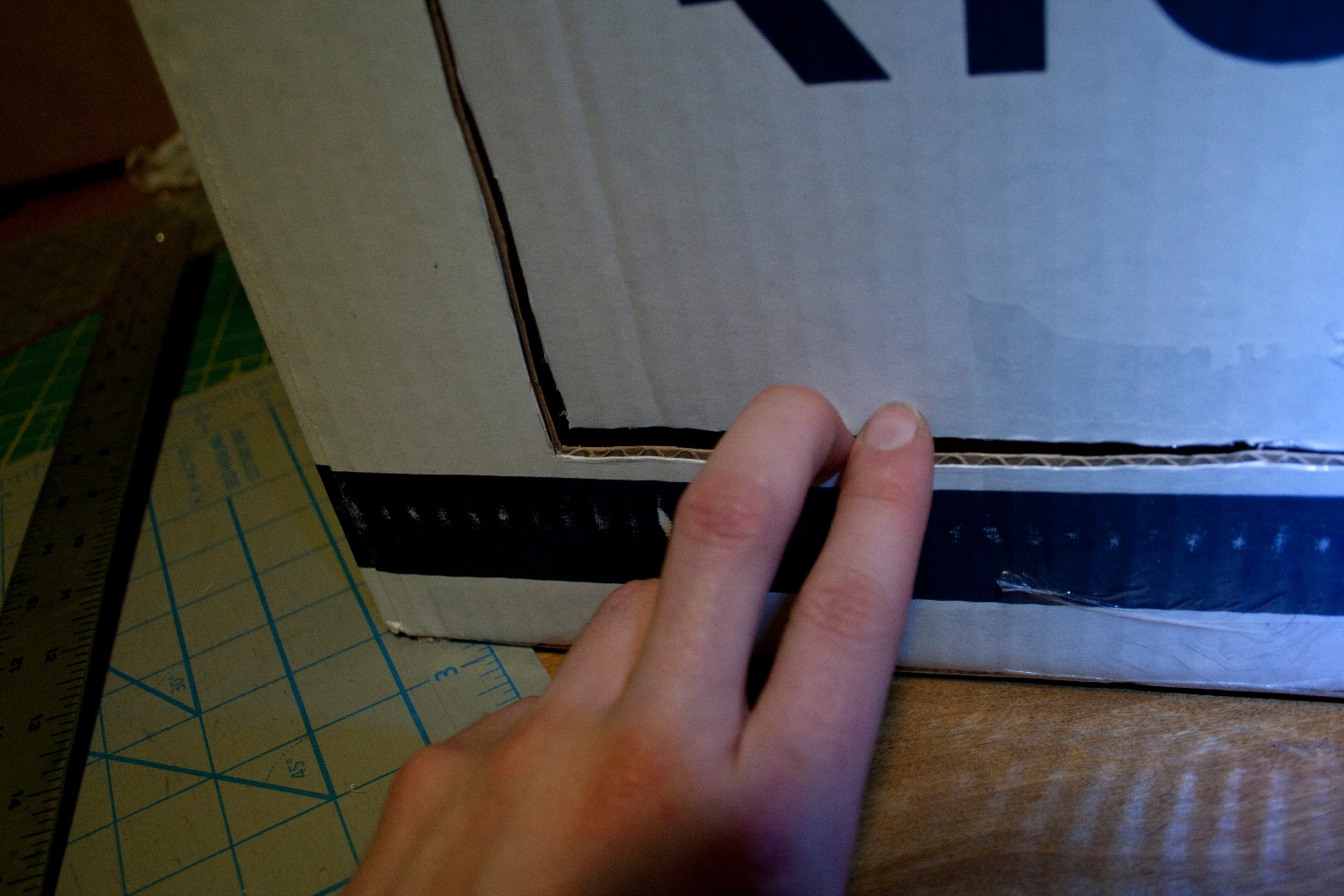
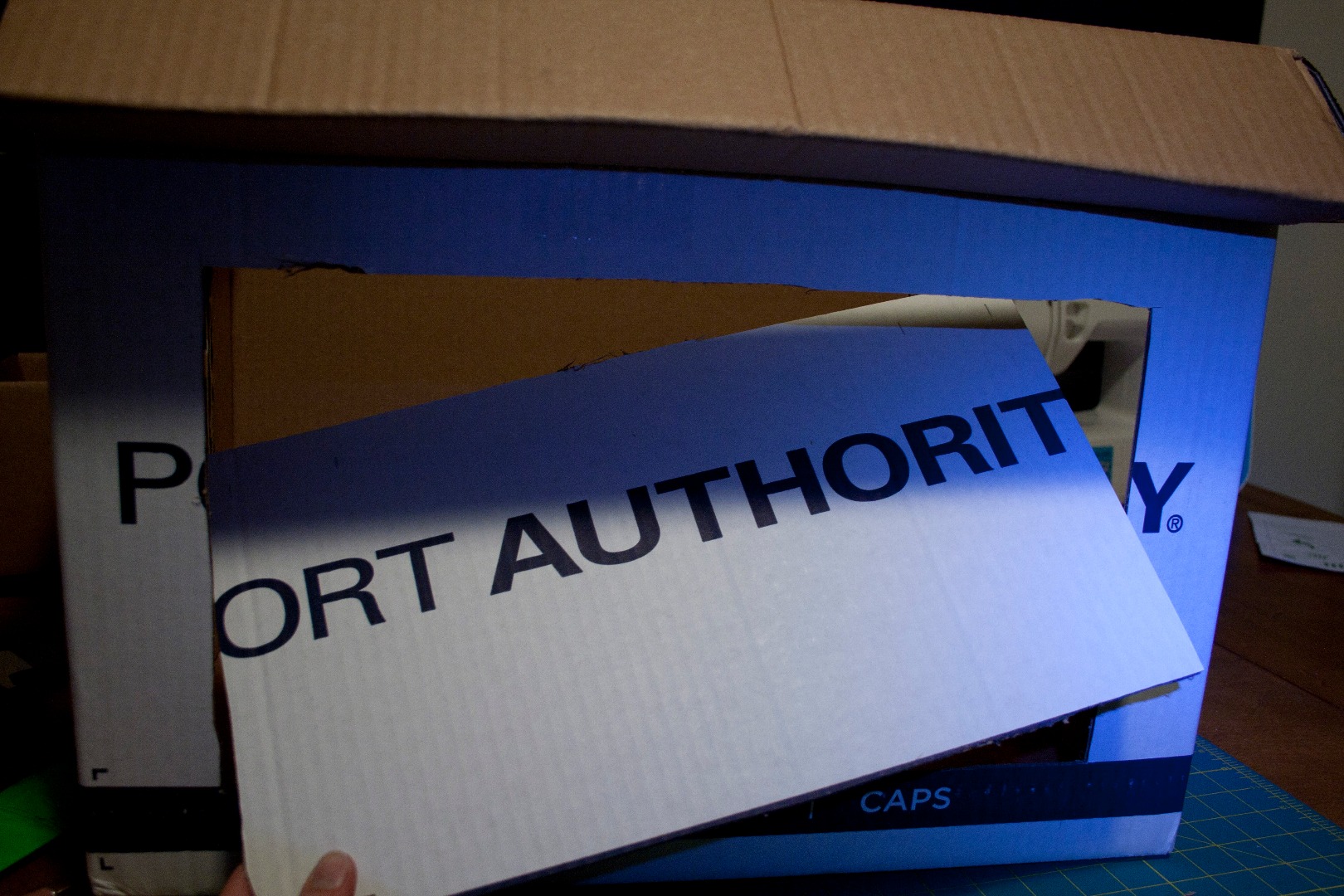
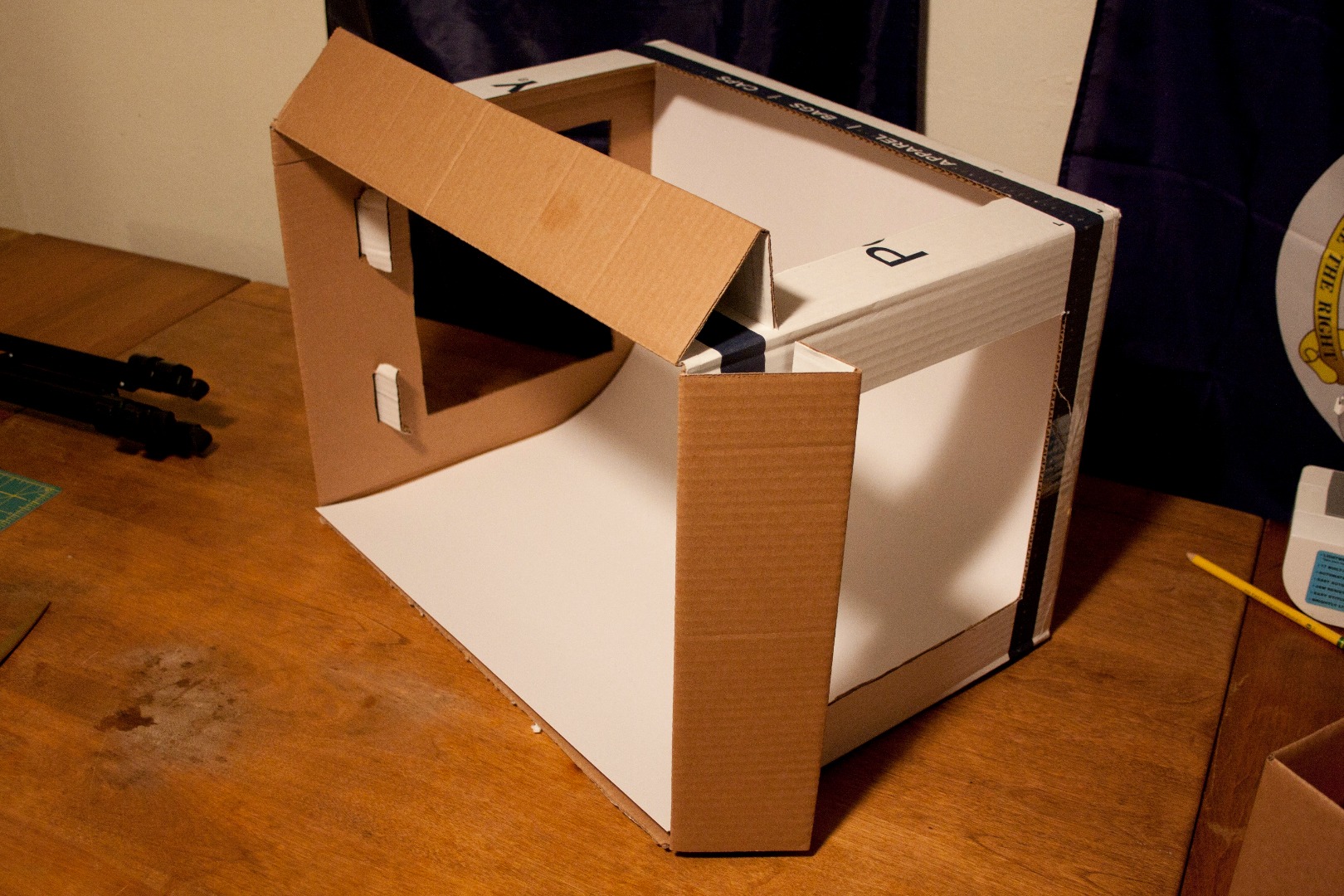
These openings SHOULD be cut once the box flaps are locked into their supportive positions.
1. I left about 2 inches of the box around each planned opening to insure the light box retains some strength.
* Whatever size you decide on cut them all the same so that the light enters the box equally.
2. Grab your poster paper and measure out the width of your box (Cut the poster paper for a snug fit so that it won't shift around)
Cover Box With White Cloth
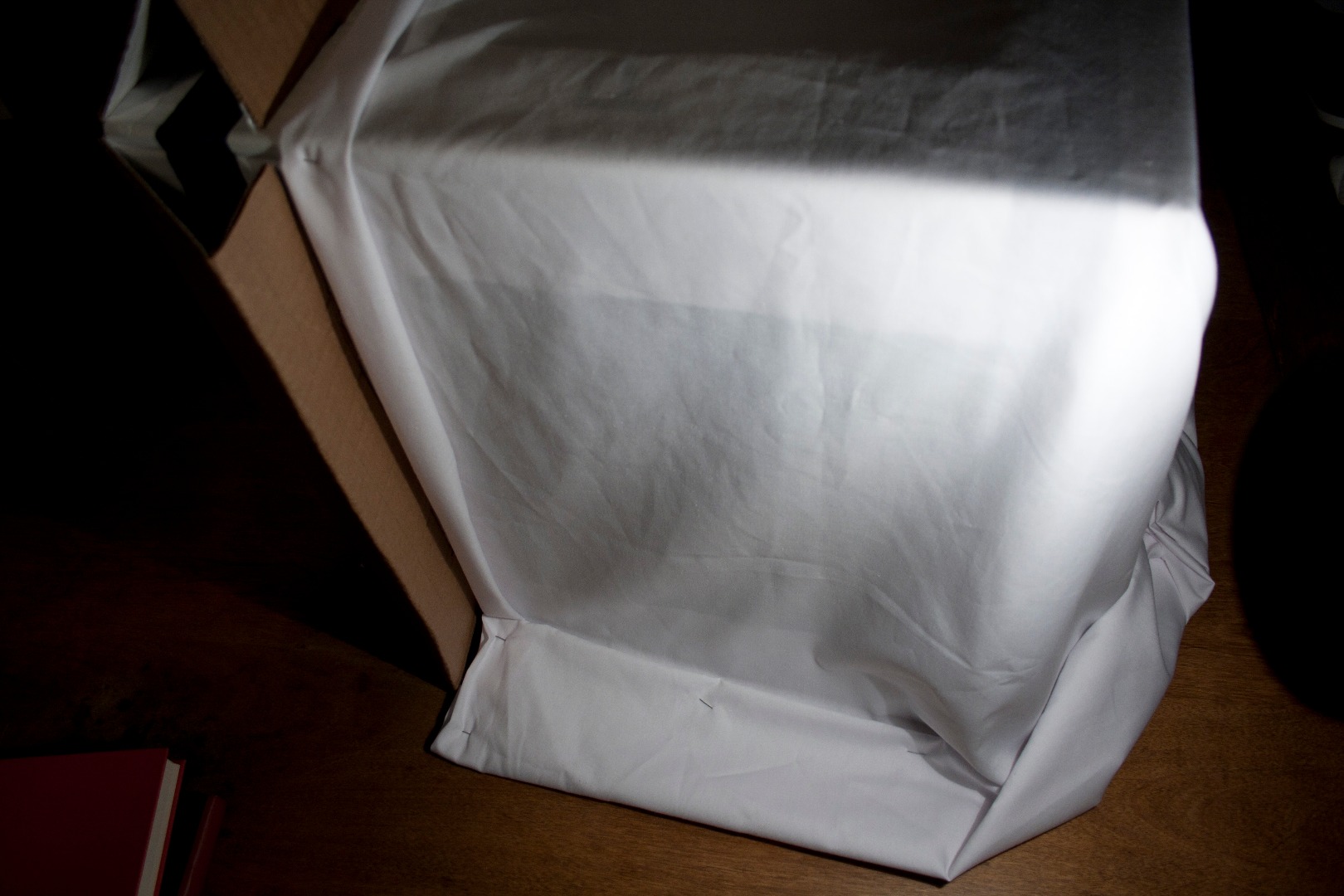
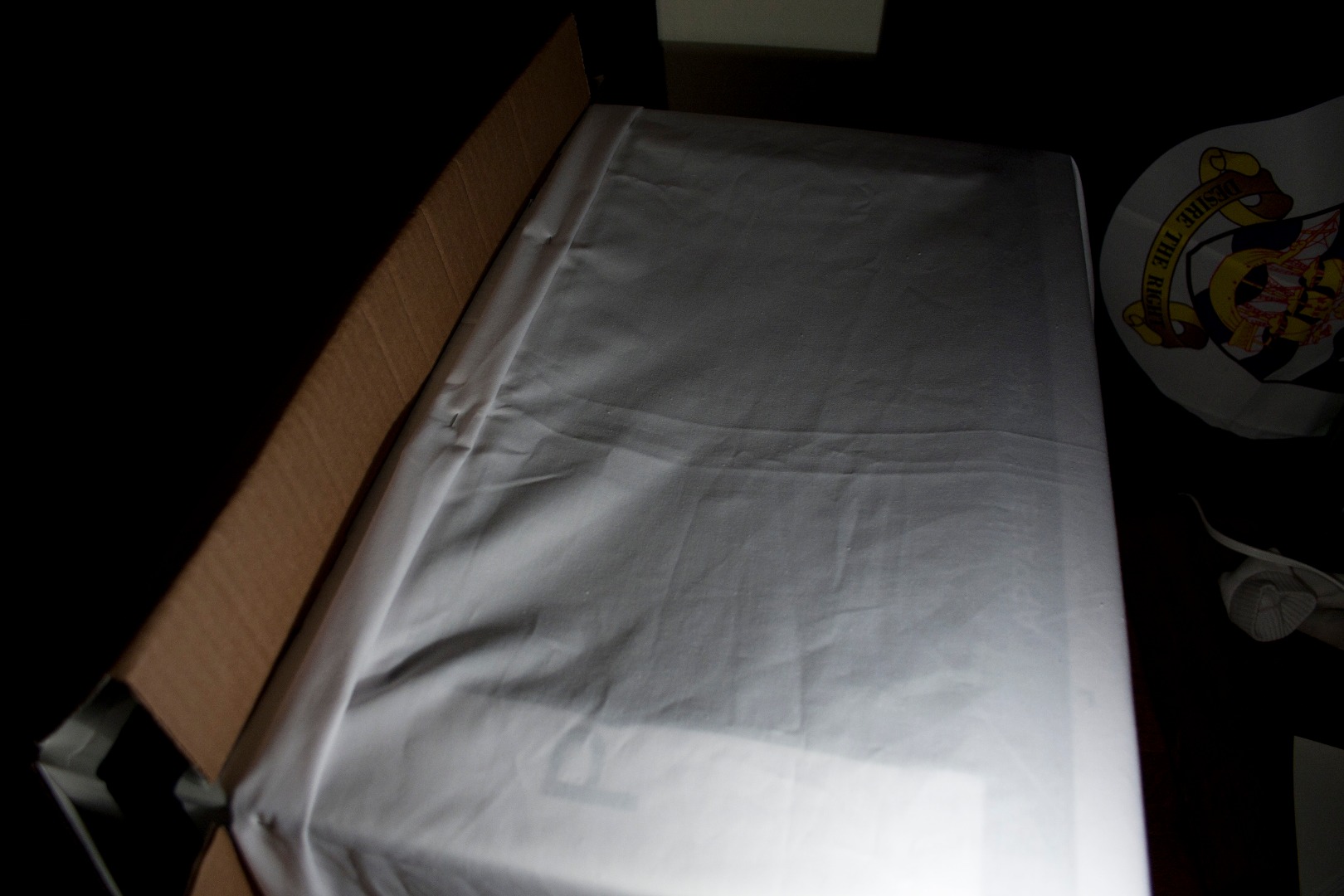
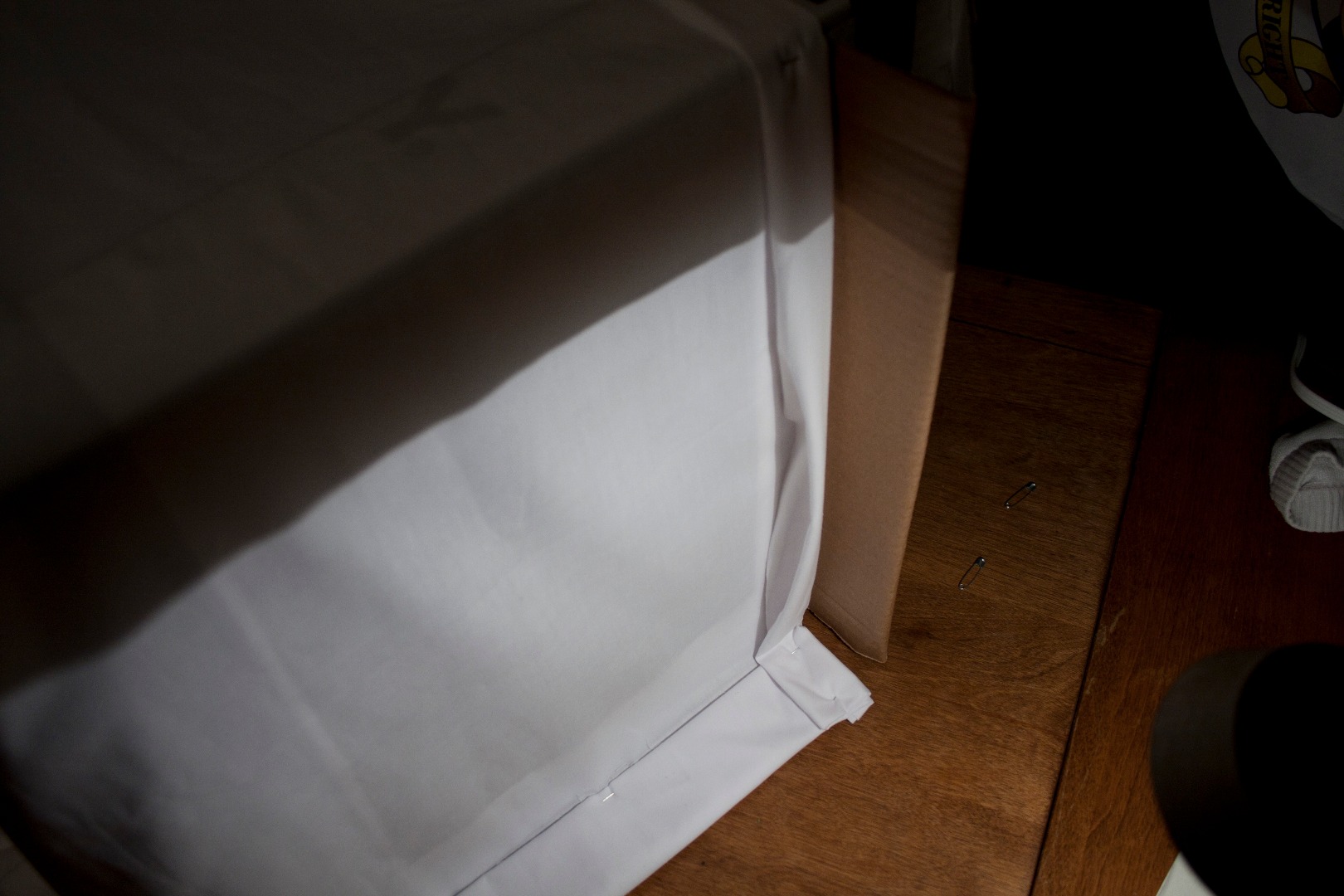

Drape the white material over the box (I eventually used some pins to keep it a little tidier, and easier/quicker to set up, but that is not necessary)
Prep & Plug in Lights
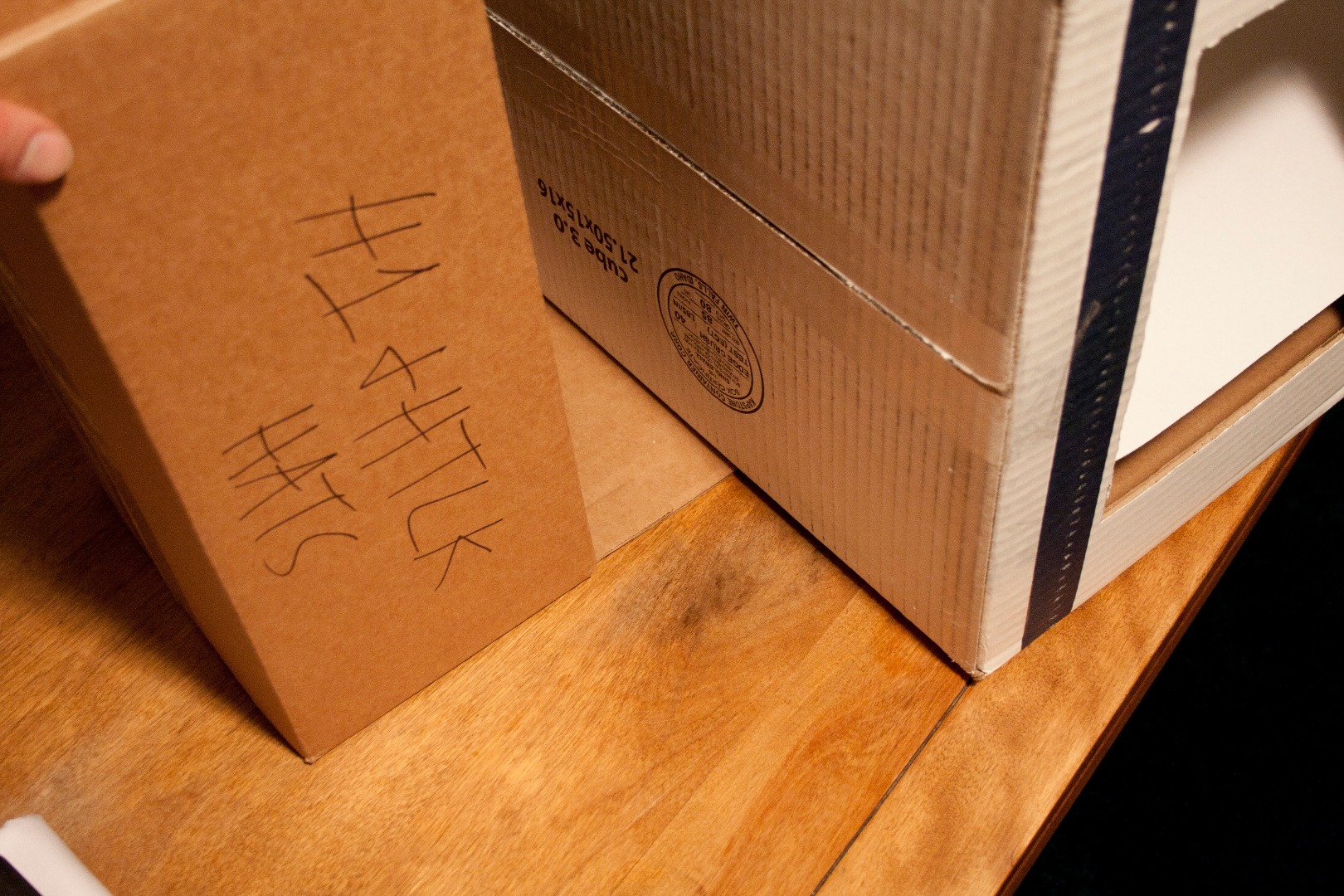
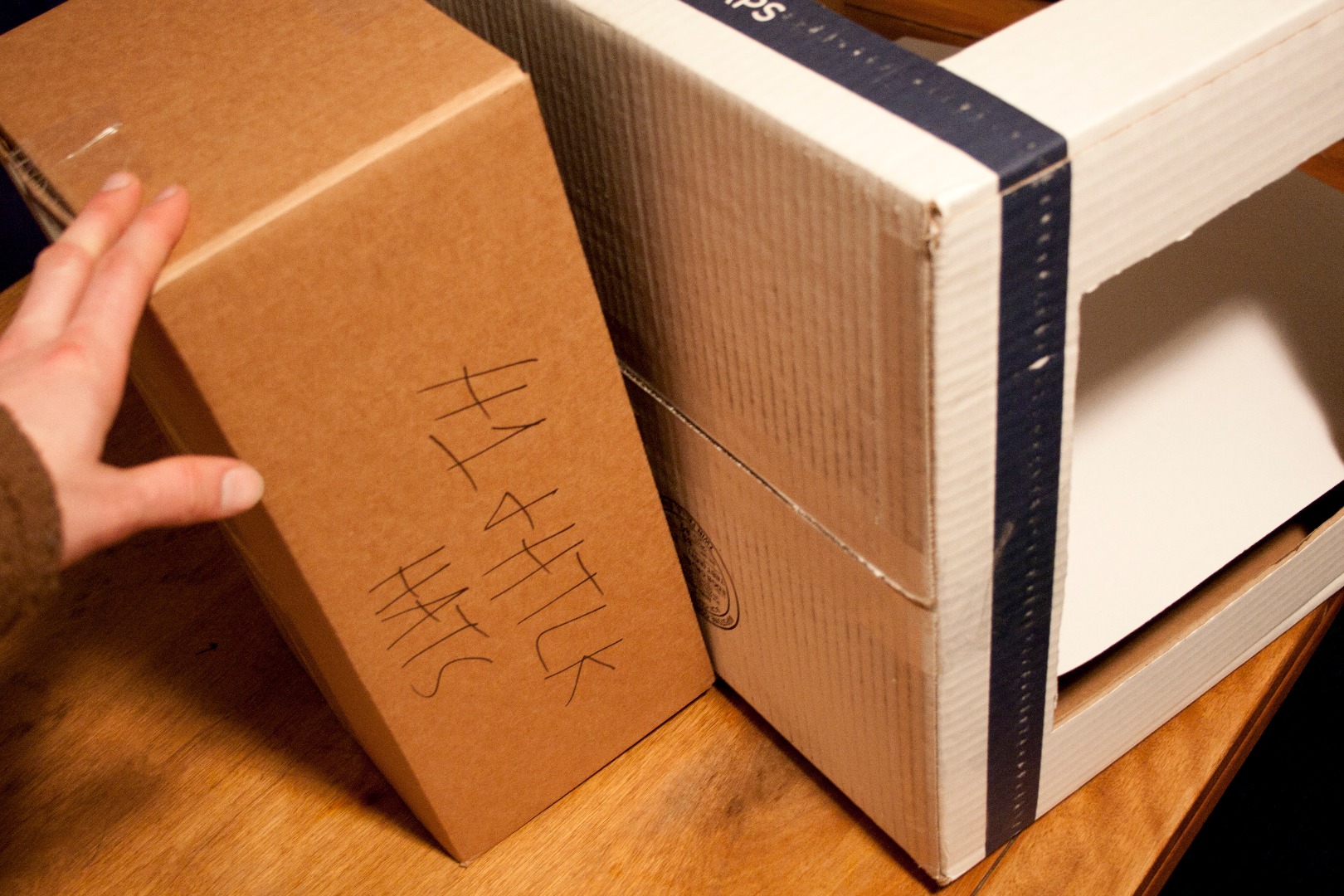

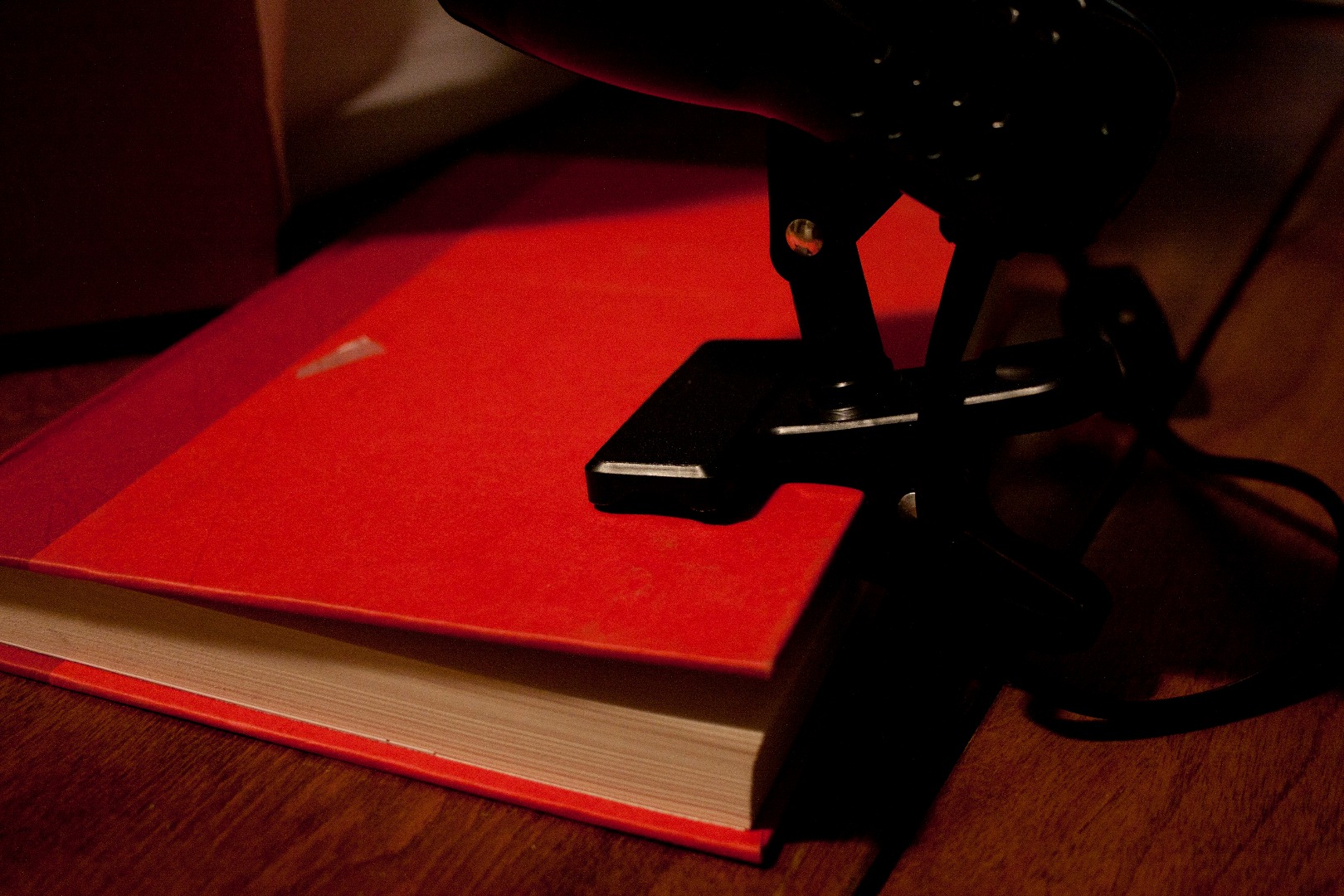
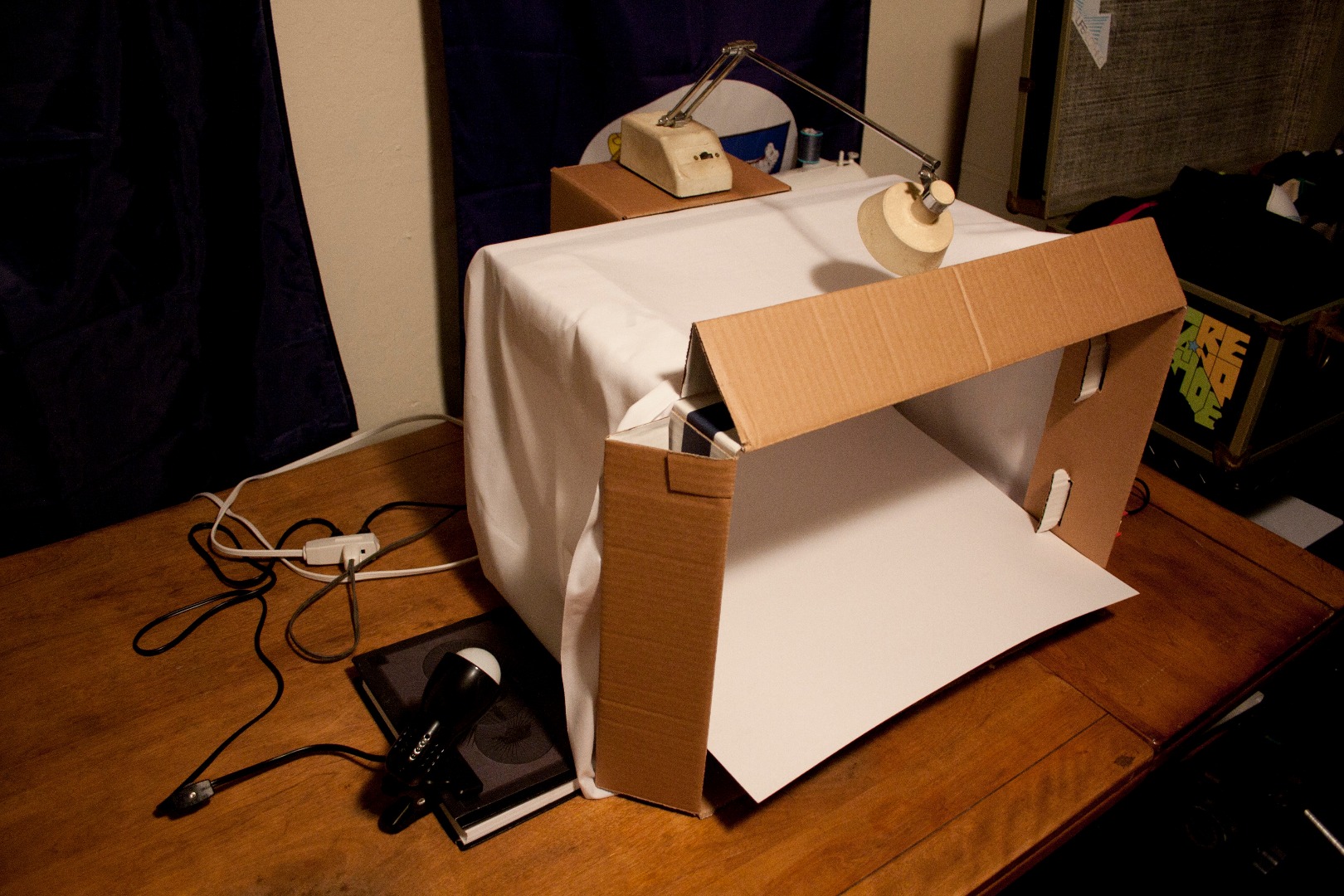
1. Leave one short-side-flap open on the little box. This will tuck under the big box to add stability.
2. Place flexible light atop the small box
3. Attach the clip lights to the hardback books
4. The three lights use the one extension chord to keep everything tidy.
START TAKIN' PHOTOS
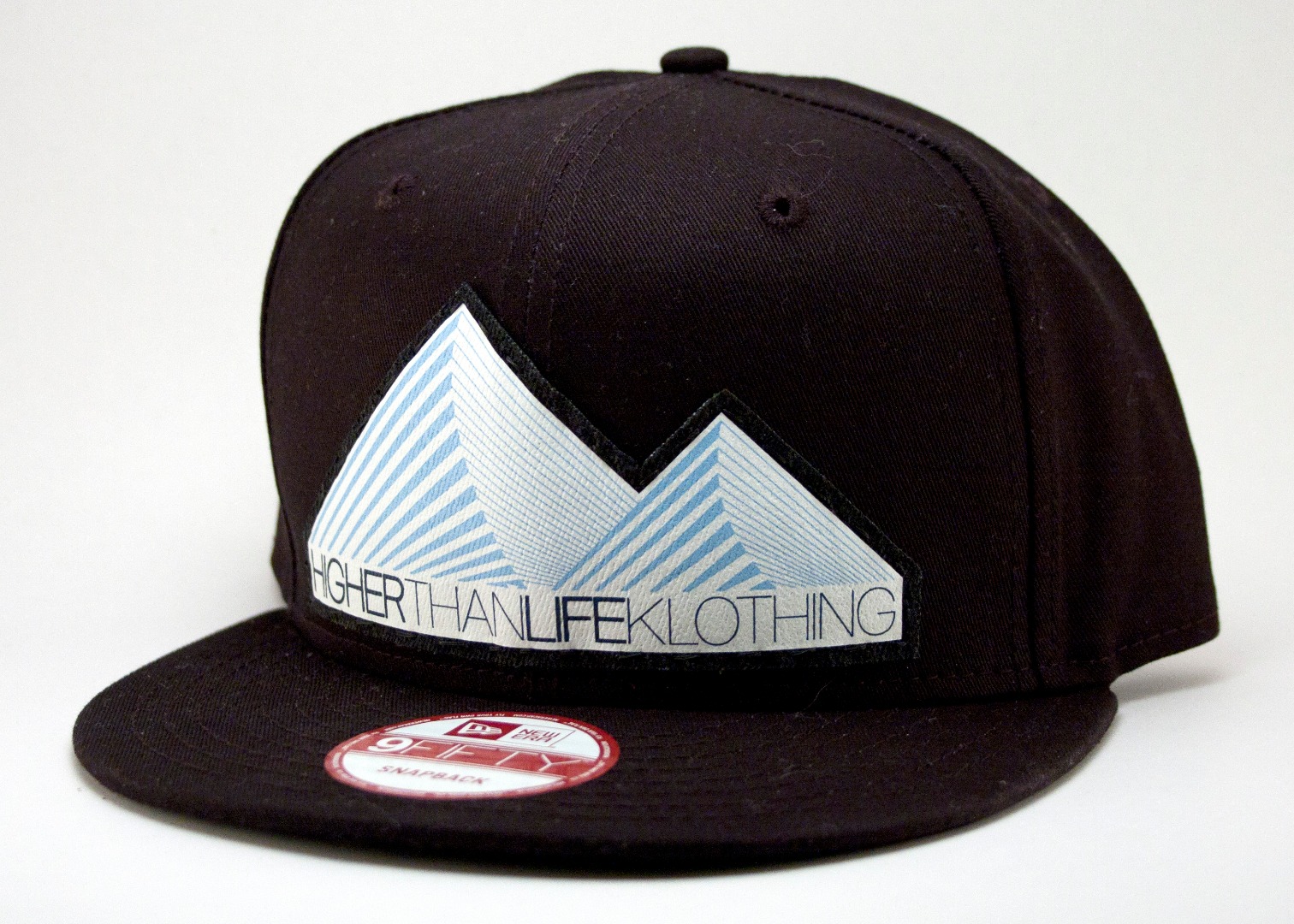
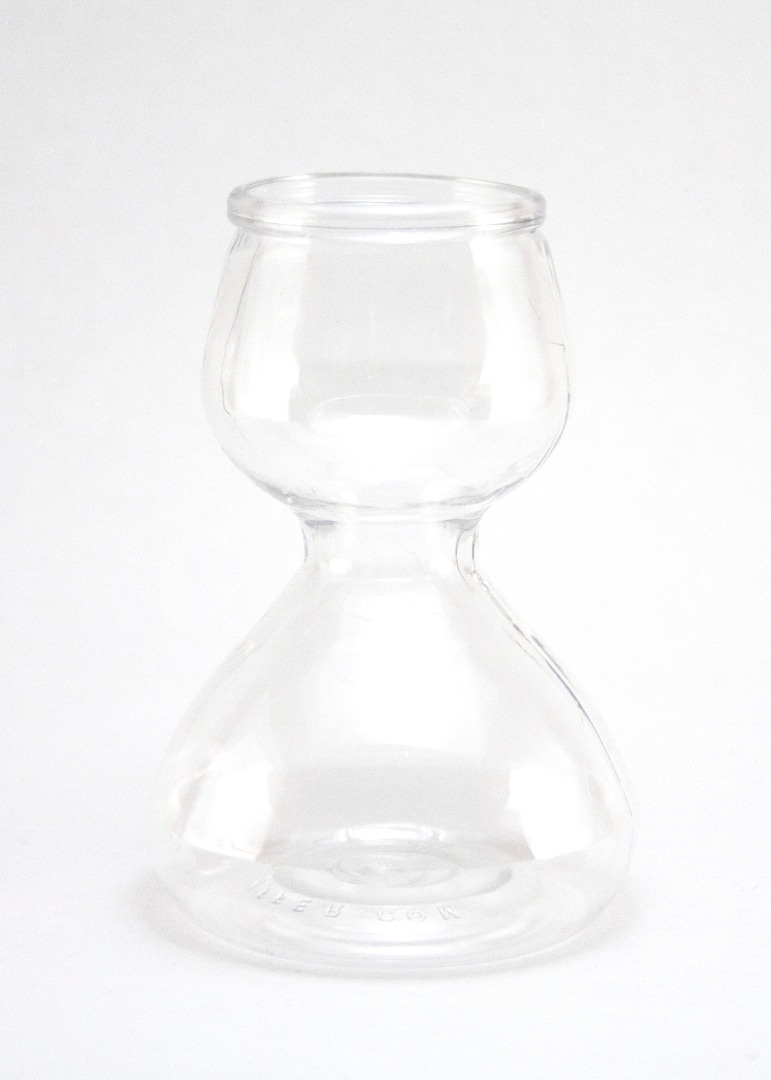
Now you are ready to take photos!! Play around with the lighting placements, the background, the camera angles and I'm positive you can capture the clean and professional images you desire.
The Higher Than Life Klothing hat and the plastic Quaffer shotglass were taken with my lightbox and edited in Photoshop (they only needed a white balance & the levels adjusted slightly to blow out the background better)
* I use a small 4 inch tall photo portfolio box to slide underneath the background paper to create a "steeper angle" on the paper at the back of the box. This allows me to slide my products further back into the box which in turn allows more light to hit the front of the products.